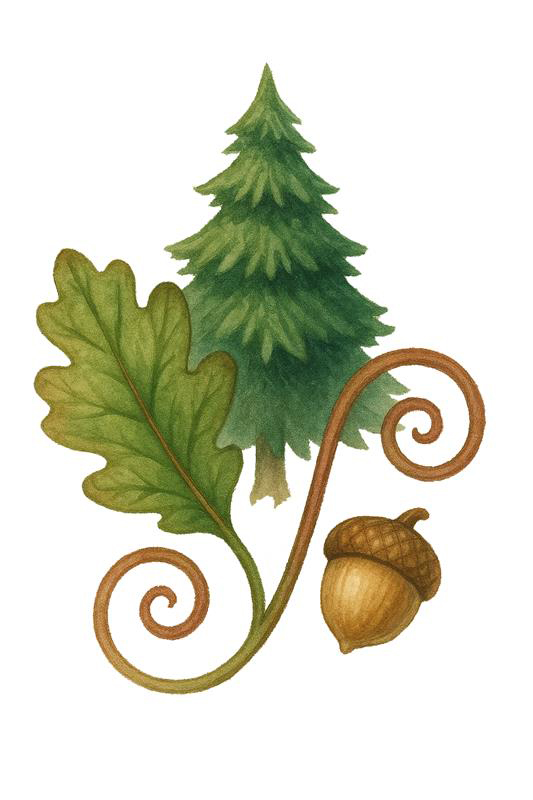
Publishing & Marketing
Publishing Options for Children’s Authors
Publishing Options for Children’s Authors — and Why I Chose IngramSpark
Getting a children’s book into readers’ hands usually starts with one big decision:
traditional publishing or self-publishing.
Traditional publishing can bring editorial guidance, design support, and broad distribution, but it often requires an agent, long timelines, and less control over pricing and creative details.
Self-publishing, by contrast, gives authors full ownership of their work. You decide the format, the price, and the launch schedule. For many children’s authors — especially those who already have an audience or who want to pair books with products (like plush toys or teaching materials) self-publishing can be the most flexible route.
Why I Chose IngramSpark
One of the key tools for self-publishing is IngramSpark. It is a print-on-demand
and global distribution platform trusted by many independent authors.
- Professional print quality — especially important for illustrated books.
- Global distribution — listed with major wholesalers; orderable by bookstores and libraries.
- Flexibility — use it alongside your website, local shops, or events.
Unlike some platforms that focus only on online sales, IngramSpark connects your book to the
same systems that bookstores use to order titles, helping children’s books reach more places
where families shop.
Helpful Resources
Explore IngramSpark here:
Final Thought
Whichever route you take, traditional, self-published, or a mix, remember that publishing is only half of the journey. Marketing is just as essential. Build your website, grow a newsletter, and connect with readers early to make your launch stronger.
Note: This post is based on my own publishing experience. The Thredyl Press is not affiliated with or endorsed by IngramSpark.
Comments are closed
